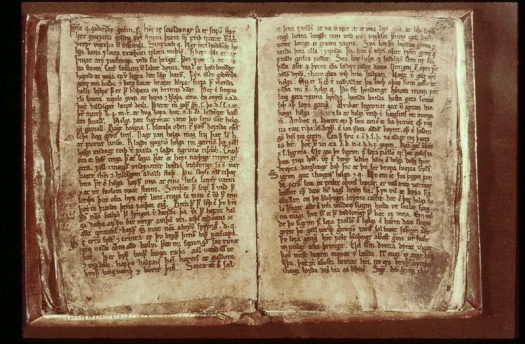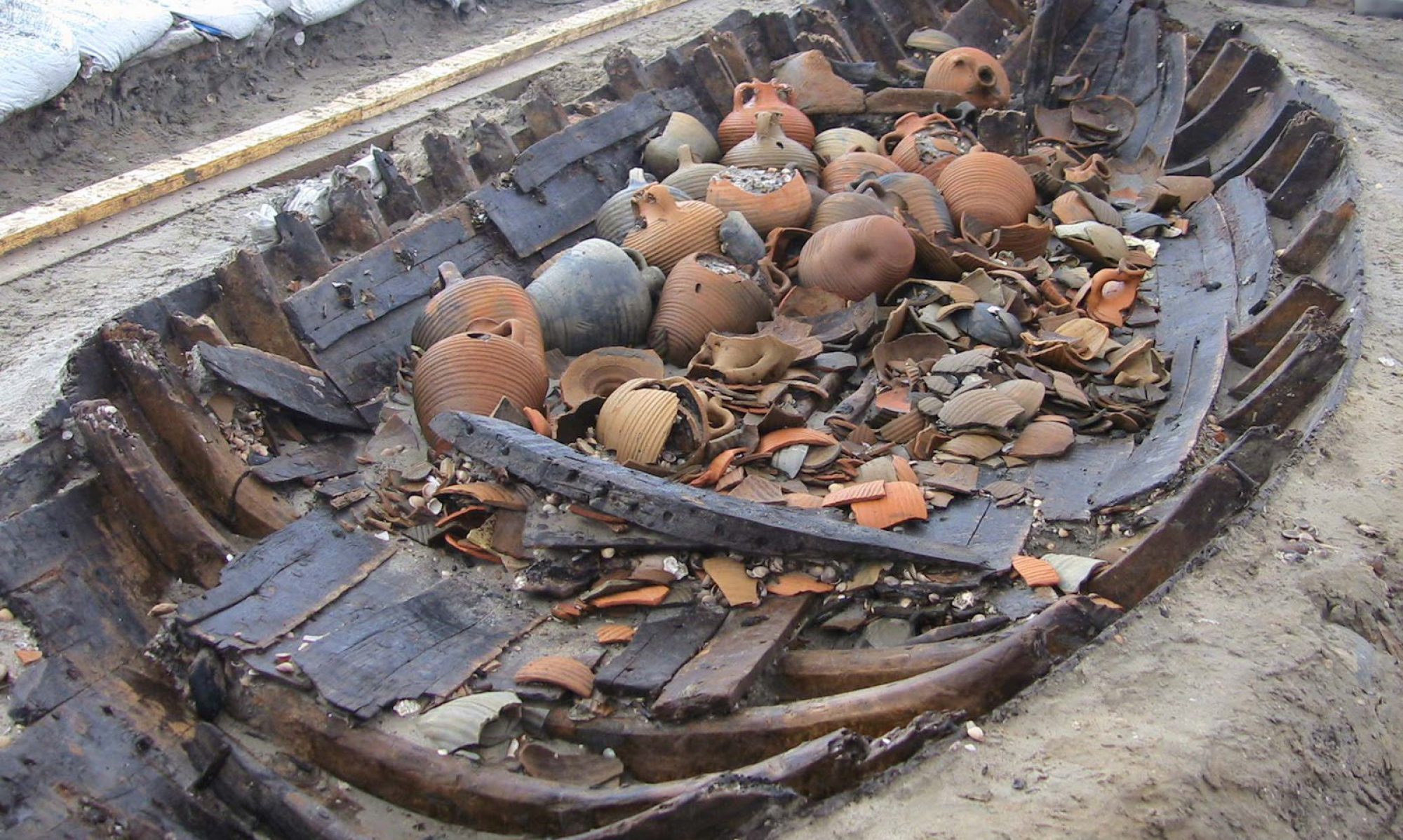A series of Earth-shattering volcanic eruptions in Iceland during the Middle Ages may have spurred the people living there to turn away from their pagan gods and convert to Christianity, a new study finds.
The discovery came about thanks to precise dating of the volcanic eruptions, which spewed lava about two generations before the Icelandic people changed religions.

But why would volcanic eruptions turn people toward monotheism? The answer has to do with the “Vǫluspá,” a prominent medieval poem that predicted a fiery eruption would help lead to the downfall of the pagan gods, the researchers said.
Historians have long known that the Vikings and Celts settled Iceland in about A.D. 874, but they were less certain about the date of the Eldgjá lava flood, the largest eruption to hit Iceland in the past few millennia. Knowing this date is crucial, because it can tell scientists whether the eruption — a colossal event that unleashed about 4.8 cubic miles (20 cubic kilometers) of lava onto Greenland — impacted the settlement there, the researchers said.
To investigate, the researchers examined ice core records. Their results showed that the eruption took place less than 100 years after people settled the island. The volcano began gushing lava in the spring of A.D. 939 and lasted, at least episodically, until the autumn of 940, the researchers said.

“This places the eruption squarely within the experience of the first two or three generations of Iceland’s settlers,” study lead researcher Clive Oppenheimer, a professor of volcanology at the University of Cambridge, in England, said in a statement. “Some of the first wave of migrants to Iceland, brought over as children, may well have witnessed the eruption.”
The finding matches medieval chronicles from Ireland, Germany and Italy that noted the spread of a haze in 939. Moreover, the tree-ring data revealed that in A.D. 940, the Northern Hemisphere had one of its coldest summers in the previous 1,500 years — a cold shift consistent with the release of large amounts of volcanic sulfur into the atmosphere, the researchers said.
“In 940, summer cooling was most pronounced in Central Europe, Scandinavia, the Canadian Rockies, Alaska and Central Asia, with summer average temperatures 2 degrees Celsius [3.6 degrees Fahrenheit] lower,” co-researcher Markus Stoffel, a professor in the Department of Earth Sciences at the University of Geneva in Switzerland, said in the statement.
Suffering followed, with hard winters and drought in the spring and summer. Locusts invaded, and livestock died. “Famine did not set in everywhere, but in the early 940s, we read of starvation and vast mortality in parts of Germany, Iraq and China,” said study co-researcher Tim Newfield, an environmental historian at Georgetown University, in Washington, D.C.
However, no texts from that period survive from Iceland, the volcano’s homeland.
A mere two generations after the Eldgjá eruption, in about A.D. 1000, the people of Iceland formally converted to Christianity. And it likely had to do with the “Vǫluspá,” the researchers said.
The “Vǫluspá” was written after the eruptions, in about A.D. 961. It describes how an eruption and meteorological events would mark the end of the pagan gods, who would be replaced by one, singular god, the researchers said.
Part of the poem explains how “the sun starts to turn black, land sinks into sea; the bright stars scatter from the sky … flame flies high against heaven itself,” according to a translation.
Considering Eldgjá’s eruptions date to before the poem was written, Icelanders who experienced the fiery spectacle likely looked back at the events and wrote the poem, “with the purpose of stimulating Iceland’s Christianization over the latter half of the 10th century,” the researchers wrote in the study, published online in the journal Climate Change.










 The mass burial took place at a time when the English were battling Viking invaders, say archaeologists who are now trying to verify the identity of the slain.
The mass burial took place at a time when the English were battling Viking invaders, say archaeologists who are now trying to verify the identity of the slain.
You must be logged in to post a comment.